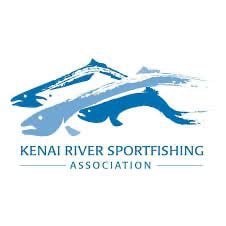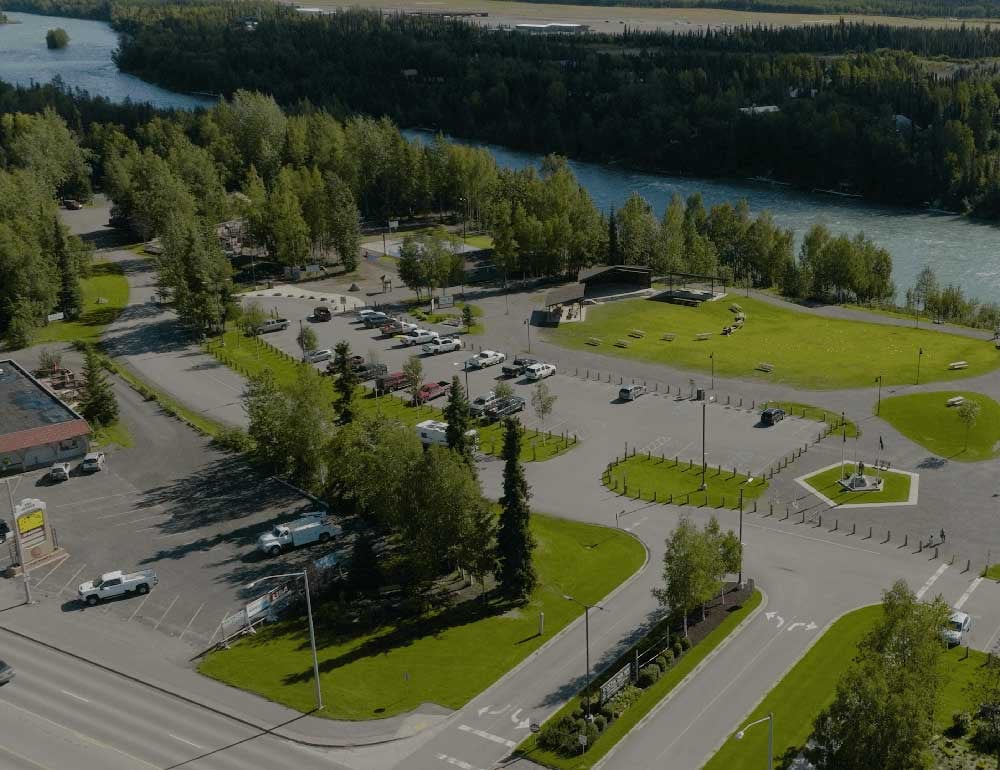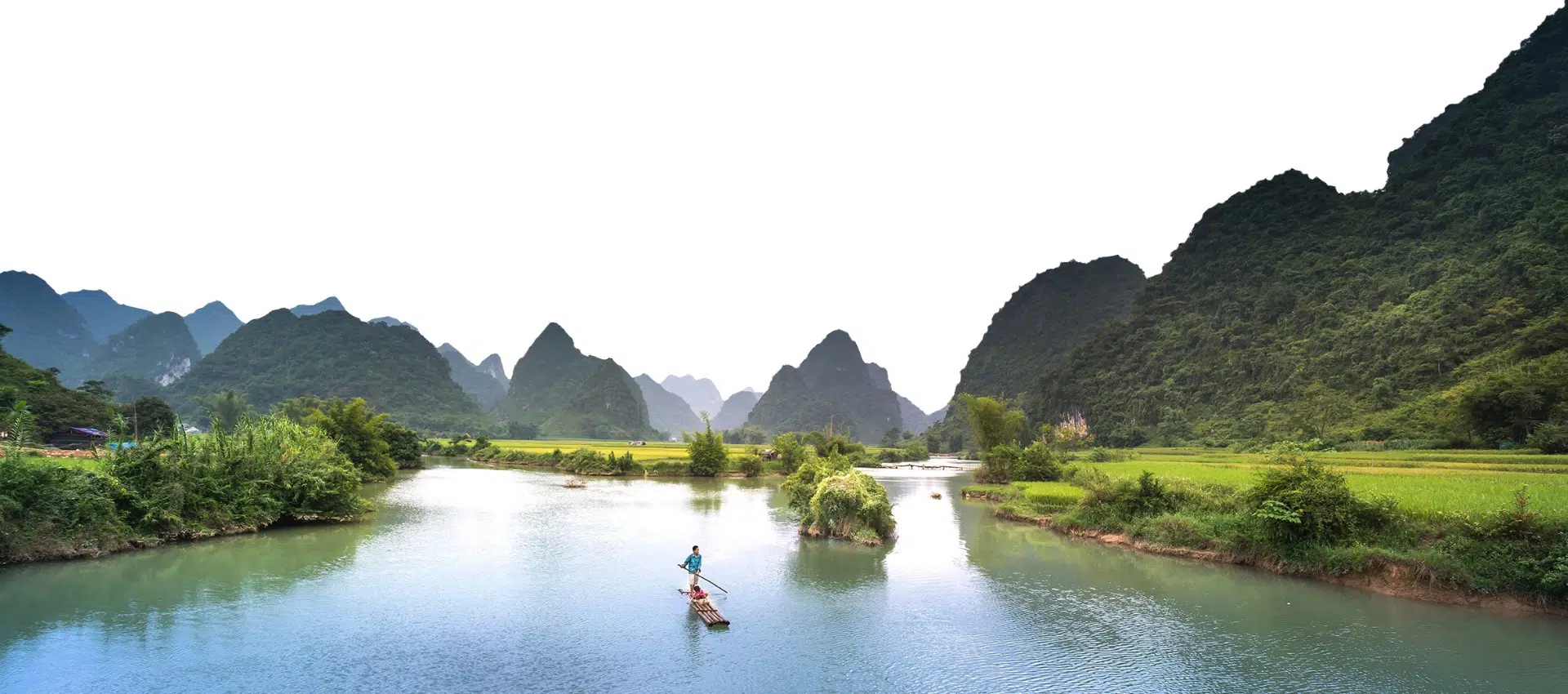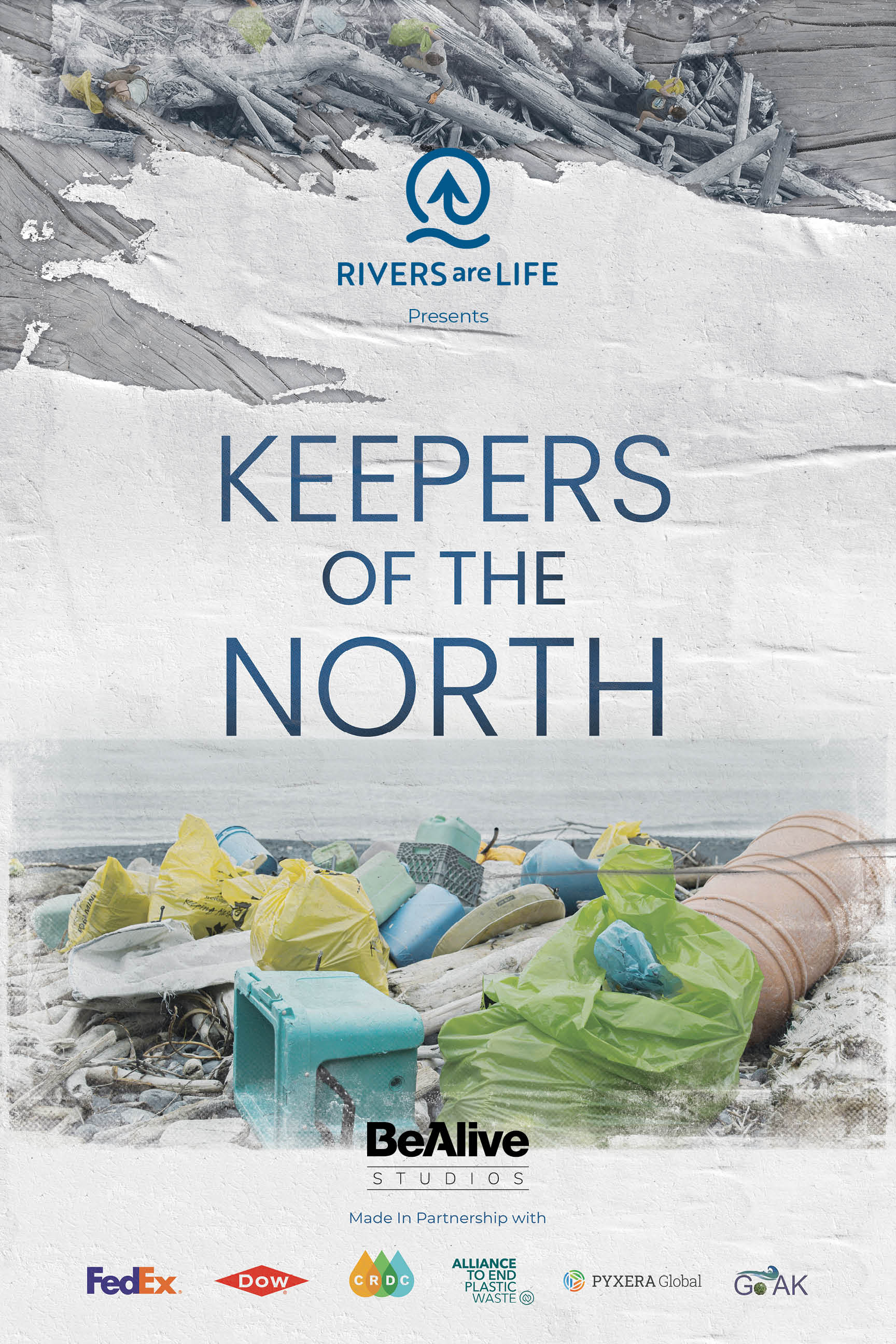KINGS OF THE KENAI

For the Love of Sport
The Kenai River Sportfishing Association (KRSA) was founded 30 years ago by Bob Penney with a strong and clear mission: sustain the Kenai River’s King salmon population in order to preserve the Kenai’s status as the greatest sportfishing river in the world. KRSA accomplishes this through strategic habitat conservation and rehabilitation, fisheries management, research, and education.
Over the years the organization has grown and developed numerous conservation and sustainability projects to support the health of this one-of-a-kind waterway – several of which are explored in our film, “Kings of the Kenai.”
One such project is the Ted Stevens Kenai River Classic – a three-day, invitational fishing event held in August to raise funds and educate policymakers and business leaders about KRSA’s habitat-restoration and access projects, fisheries education, research and management. The event has raised more than $18 million over 25 years for fisheries conservation, and there are ways we can all help.

The Future of King Salmon
King salmon, also known as Chinook salmon, are the largest of all Pacific salmon, typically measuring 36 inches in length, and often exceeding 30 pounds. The species’ characteristic colors depend on both age and location: spawning freshwater King salmon range from copper to gray, while older fish darken with shades of black along the back. Males are distinguished by their “ridgeback” condition and hooked nose or upper jaw, while females are identifiable by their torpedo-shaped body, robust mid-section, and blunt noses.
Like all species of Pacific salmon, Kings are anadromous. They hatch in freshwater and rear in main-channel river areas for one year. The following spring, they grow into smolt and migrate to salt water estuaries. They then spend anywhere from 1-5 years feeding in the ocean, and return to spawn in freshwater, after which point, they die.
After birth in freshwater environments, the young King salmon, called fry, will initially feed on plankton and later on insects, making the ecological health of their nurseries and rearing grounds crucial to their long-term survival. Freshwater streams and estuaries provide important habitat for spawning King salmon, and they also serve as nursery grounds for developing eggs, fry, and juveniles. While King salmon make homes for themselves throughout North America and even Japan, it is within the turquoise waters of the Kenai River that this species thrives. Recently, however, human activity along the banks of the river has posed a threat to this species’ long-term survival, as foot traffic can erode the sensitive grassy shelter where the King salmon take their first swim.
Get to Know Kenai
Flowing for more than 80 miles, the Kenai River contains incomparable beauty while also sustaining a flourishing ecosystem. Beginning at Kenai Lake in the Chugach Mountains, the waterway ends in Cook Inlet, 150 miles southwest of Anchorage. Most of the river flows in Kenai National Wildlife Refuge, housing spruce and cottonwood forests as well as wildlife like bald eagles, migratory waterfowl, caribou, wolves, and bears. Four of the five species of Pacific salmon call the river home, with its King salmon reported to be the largest of its kind. Generally, Alaskan trophy salmon weigh in at around 50 pounds; on the Kenai, King salmon can reach over 75.
Sources: Alaska.org, Travel Alaska


200 ANNUAL VOLUNTEERS
Work with KRSA to protect the Kenai River.

40 PERCENT OF ALASKANS
Engage in fishing, hunting, and/or gathering.




